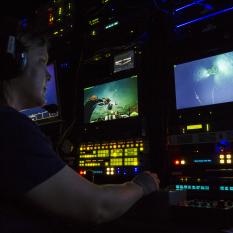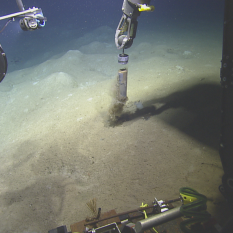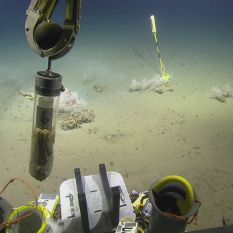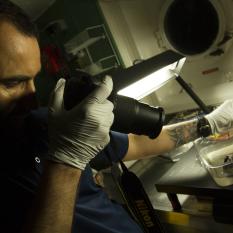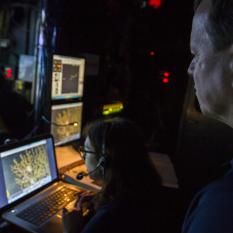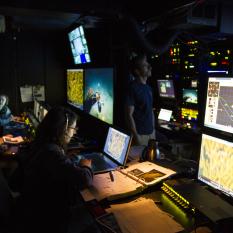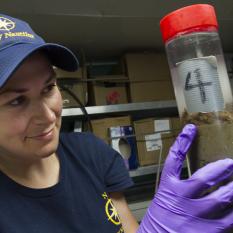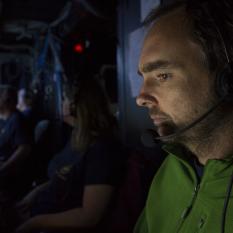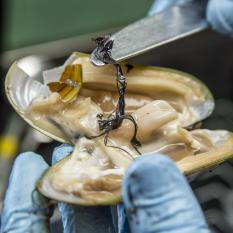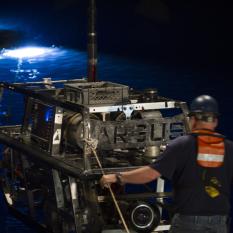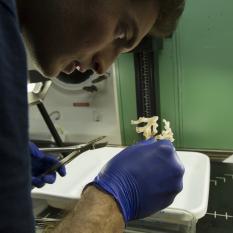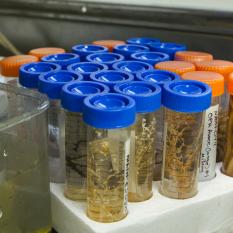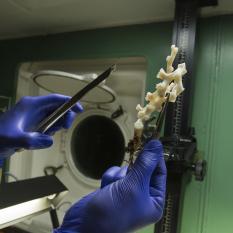Collecting and Processing: Where Do the Samples Go?
The process of deep sea sampling is a complex science (and sometimes an art). From the careful manipulation of research tools by ROV pilots, to the hurried offloading of samples after ROVs are retrieved, to the continued scientific process onshore, each step is critical in recovering as much information as possible from the depths.

ECOGIG
The ECOGIG group, funded as a part of the Gulf of Mexico Research Initiative (GoMRI), is looking at both natural oil and gas seepage into the Gulf of Mexico and ecosystem responses and effects directly attributable to the Deepwater Horizon oil spill of 2010. On this cruise, we will focus on deep-sea corals, their associated communities, and their response to the oil spill.

Cold Methane Seeps in the Gulf of Mexico
On this leg of the expedition, we will return to cold methane seeps and brine pools investigated during the 2014 season to continue an examination of the symbiosis between the mussels that live at the seeps and the bacterial symbionts that they host. Previous work has shown that different species of Bathymodiolus mussels have different combinations of symbionts that allow them to survive under varied conditions at the seeps. The symbionts utilize hydrogen sulfide or methane.
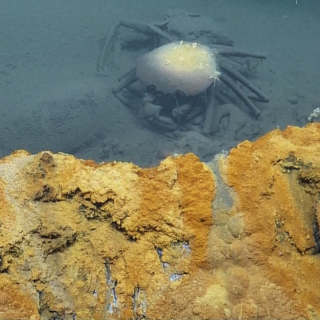
Gulf of Mexico Technology Exploration
This cruise continues our exploration throughout the Gulf of Mexico region, investigating biologic, geologic, and archaeological sites. We will explore and characterize a variety of seafloor habitats across upper slope, mid-slope and lower slope depths, including hard substrate coral habitats, hydrocarbon seeps, brine pools and, time permitting, mud volcanoes.
